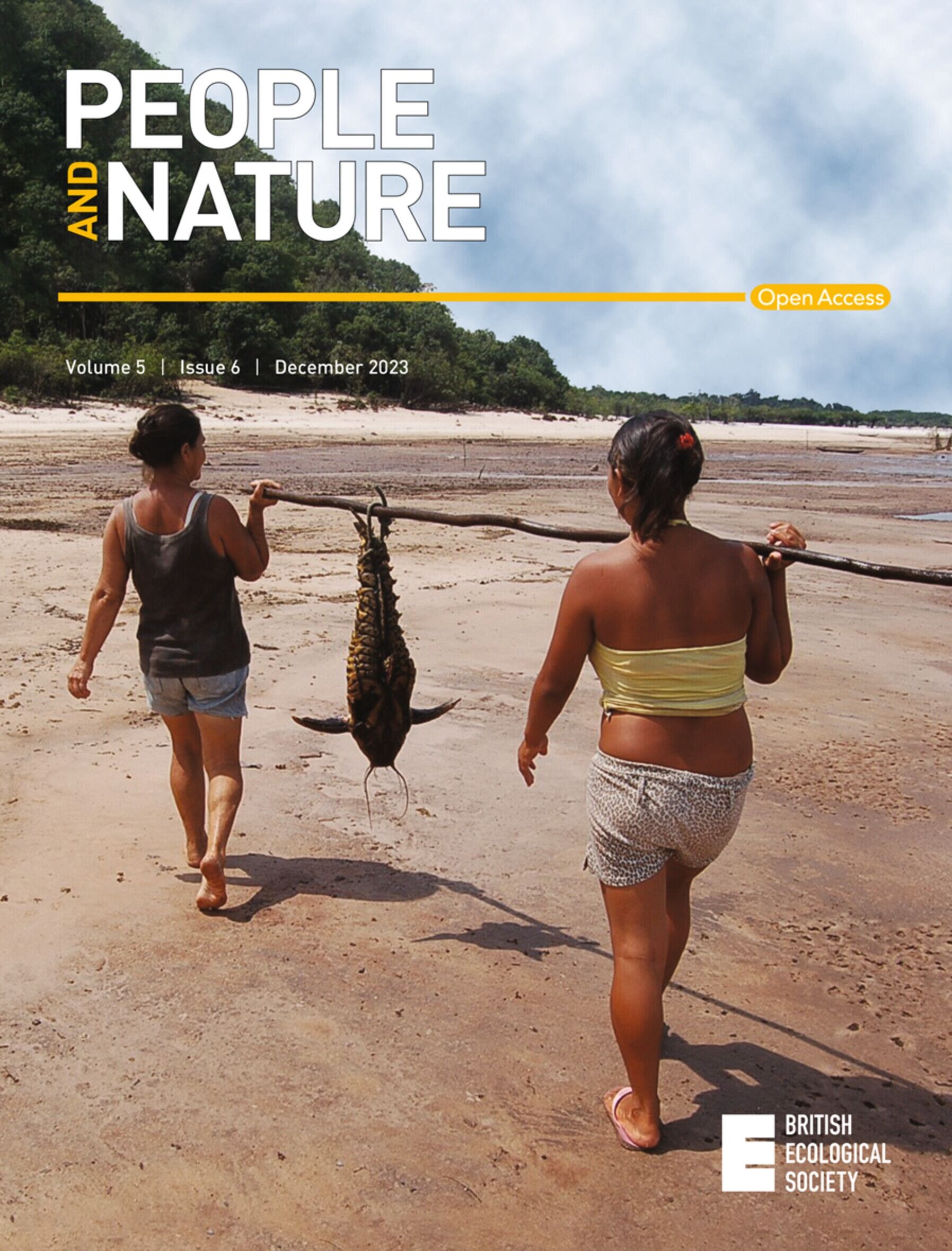A phylogenetic evaluation of non‐random medicinal plants selection around an African biosphere reserve
IF 4.9
1区 环境科学与生态学
Q1 BIODIVERSITY CONSERVATION
引用次数: 0
Abstract
Theory in ethnobiology suggests that the selection of medicinal plants by local people in a given region is not random and evolutionary closely related species may have similar medicinal uses. Additionally, plants selection by local people is often driven by plant therapeutic efficacy, plant availability, plant versatility or local knowledge on medicinal plants. We tested the hypothesis of non‐random selection of medicinal plants as well as the potential mechanisms explaining such non‐random plants selection. We also tested for phylogenetic signal in medicinal plants. Our study was based in four villages across Benin, West Africa, where the local communities have deep knowledge about medicinal plants. We installed 91 plots around these four villages to establish the total list of plant species and their abundance. We then conducted ethnobotanical surveys in the same villages to identify medicinal plants used in the local pharmacopoeia. To test whether the selection of medicinal plants used in the region was non‐random and whether plant selection was driven by plant therapeutic efficacy, plant availability, plant versatility or local knowledge, we used a generalized linear model. Furthermore, we used the D‐statistic to test whether evolutionary closely related species are more commonly used as medicinal than other species. We found support for non‐random medicinal plant selection. Such a non‐random plant selection was driven by plant medicinal versatility. Plant availability and secondary compounds have no significant influence on plant selection. Local people's knowledge on medicinal plants was significantly affected by individuals' literacy but not by their gender, their age or the ethnic group they belong to. We found a weak phylogenetic signal in medicinal plant uses. Our study reveals that the most used families are not necessarily the ones that have more secondary compounds or that are the most available to the local people, but are the most versatile plants. The high level of medicinal flora used at the local scale, which contrasts with the country‐level analysis found by previous studies, suggests new methodological guidance in testing the theory of non‐random medicinal plants selection. Read the free Plain Language Summary for this article on the Journal blog.对非洲生物圈保护区周围非随机药用植物选择的系统发育评估
民族生物学的理论表明,特定地区的当地人对药用植物的选择并不是随机的,进化过程中密切相关的物种可能具有相似的药用价值。此外,当地人对植物的选择通常受植物疗效、植物可获得性、植物多样性或当地药用植物知识的驱动。 我们测试了药用植物非随机选择的假设,以及解释这种非随机植物选择的潜在机制。我们还测试了药用植物的系统发育信号。我们的研究基于西非贝宁的四个村庄,当地社区对药用植物有着深入的了解。我们在这四个村庄周围设置了 91 个地块,以确定植物物种的总清单及其丰度。然后,我们在这些村庄进行了人种植物学调查,以确定当地药典中使用的药用植物。为了检验该地区药用植物的选择是否非随机,以及植物选择是否受植物疗效、植物可用性、植物多功能性或当地知识的驱动,我们使用了广义线性模型。此外,我们还使用了 D 统计量来检验进化上密切相关的物种是否比其他物种更常被用作药用植物。 我们发现了非随机药用植物选择的支持。这种非随机的植物选择是由植物的药用多样性驱动的。植物的可用性和次生化合物对植物选择没有显著影响。当地人对药用植物的了解程度受个人文化程度的影响很大,但不受性别、年龄或所属族群的影响。我们发现在药用植物的使用方面存在微弱的系统发育信号。 我们的研究表明,使用最多的科并不一定是次生化合物较多的科,也不一定是当地人最容易获得的科,而是用途最广的植物。在地方范围内使用的药用植物群水平很高,这与以往研究发现的国家级分析形成了鲜明对比,为检验非随机药用植物选择理论提供了新的方法指导。 在期刊博客上免费阅读本文的通俗语言摘要。
本文章由计算机程序翻译,如有差异,请以英文原文为准。
求助全文
约1分钟内获得全文
求助全文

 求助内容:
求助内容: 应助结果提醒方式:
应助结果提醒方式:


